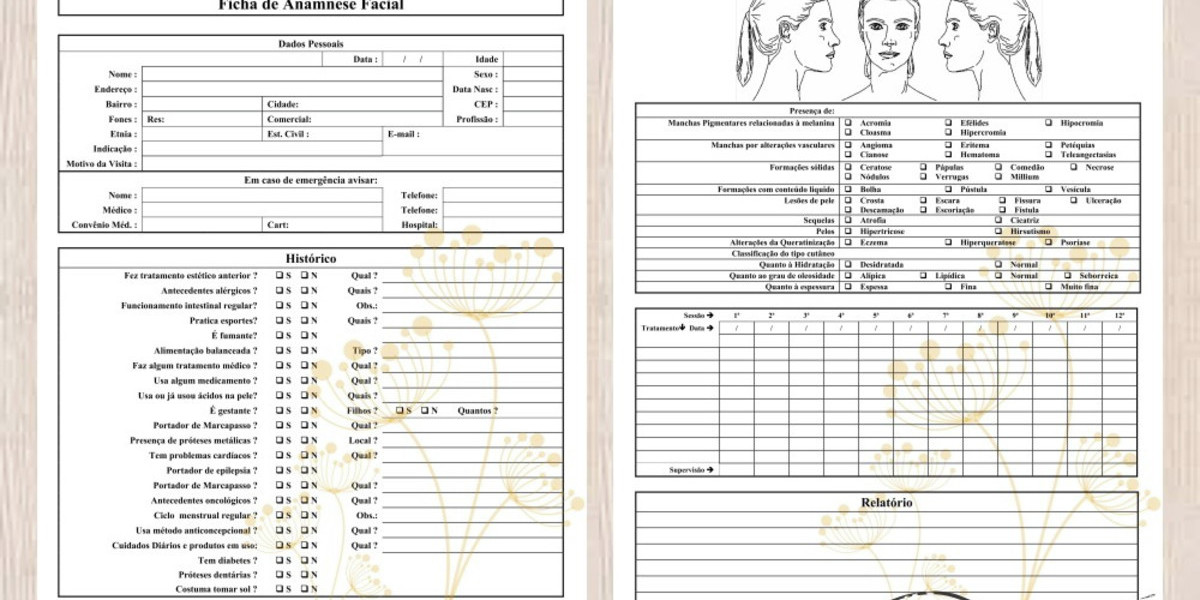In recent years, the concept of intelligent biofeedback has gained significant traction in the fields of health and wellness. This innovative approach utilizes technology to monitor physiological functions and provide real-time feedback, enabling individuals to gain greater awareness of their body’s responses. But how does it work, and what are its practical applications?

What is Intelligent Biofeedback?
Intelligent biofeedback refers to the use of advanced sensors and algorithms to collect data on various physiological parameters, such as heart rate, muscle tension, and skin temperature. By analyzing this data, users can learn to control their physiological responses, often leading to improved mental and physical health.
"Biofeedback is a powerful tool that empowers individuals to take control of their health." – HealthTech Innovations
How Does Intelligent Biofeedback Work?
The process of intelligent biofeedback typically involves several key steps:
- Data Collection: Sensors are placed on the body to gather real-time data on physiological functions.
- Data Analysis: The collected data is analyzed using sophisticated algorithms to identify patterns and trends.
- Feedback Mechanism: Users receive immediate feedback through visual or auditory signals, allowing them to adjust their behavior accordingly.
- Behavior Modification: Over time, individuals can learn to modify their physiological responses, leading to improved health outcomes.
Applications of Intelligent Biofeedback in Health and Wellness
The applications of intelligent biofeedback are vast and varied. Here are some notable areas where it has shown promise:
- Stress Management: By learning to control physiological responses to stress, individuals can reduce anxiety and improve overall well-being.
- Pain Management: Biofeedback techniques can help individuals manage chronic pain by teaching them to relax specific muscle groups.
- Rehabilitation: Patients recovering from injuries can use biofeedback to enhance their physical therapy outcomes.
- Performance Enhancement: Athletes often utilize biofeedback to improve focus and physical performance.
Real-World Examples of Intelligent Biofeedback Devices
Several products on the market exemplify the capabilities of intelligent biofeedback. For instance, the Biofeedback Stress Relief Device offers users a comprehensive way to monitor their stress levels and learn relaxation techniques.

Additionally, the Smart Biofeedback Headband provides users with insights into their mental state, helping them achieve better focus and relaxation.
Conclusion
In conclusion, intelligent biofeedback represents a significant advancement in personal health management. By leveraging technology to provide real-time feedback on physiological functions, individuals can gain valuable insights into their health and well-being. As more people become aware of its benefits, the potential for intelligent biofeedback to transform health and wellness practices continues to grow.
For those interested in exploring this innovative approach further, consider watching this informative video on intelligent biofeedback to deepen your understanding.



